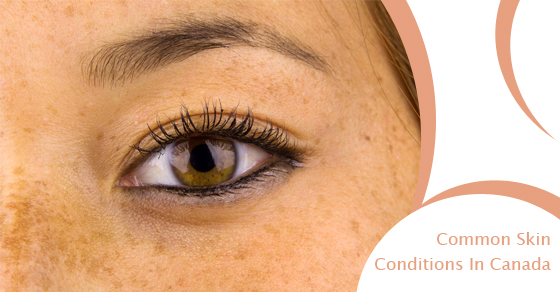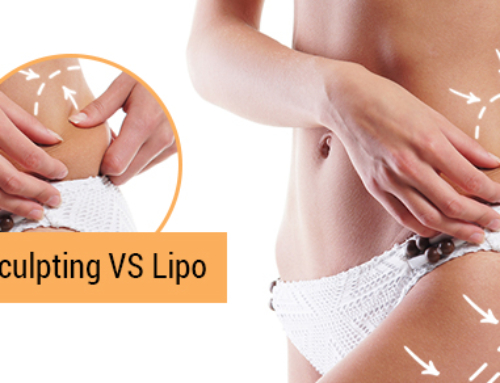There is no such thing as “perfect” skin. Natural skin always has some blemishes and problems, and these days it’s more normal to have a skin condition than to not.

Of skin conditions in Canada, some are more common than others. According to the Canadian Dermatology Association, these skin problems are so common that over half of all Canadians will experience them in their lifetime:
- Acne
- Ineffective hair and skin washing. Acne sufferers may want to change your skin care or hair care routine and products.
- Androgen hormones. Androgens control how much oil your skin produces. They spike during puberty and pregnancy, and there’s not much you can do about that! However, if acne sufferers take hormone-affecting drugs, like birth control pills, baldness treatments, and steroids, they may benefit from consulting with a doctor to adjust their dosages.
- Poor diet. Diets that are high in dairy, but low in vegetables and fibre, leads to problems with acne.
- Lots of dead skin. The top layer of dead skin produces most of the keratin that plugs pores. You can manage it with exfoliation skin peels, and laser treatments.
- Makeup! There are over a thousand chemicals that are banned in European cosmetics that are allowed in North America, which is why we often see worse facial skin than those in Europe.
- Sun Damage
- Visible Scarring
This is the big one. Everyone gets pimples, and nothing we do can make us totally pimple-immune. All skin creates oil and keratin, and all people have bacteria in their hair and on their skin. Unfortunately where there’s oil, keratin, and bacteria, there are pimples.
However, there are certain factors that make acne more common:
Unlike indoor light, sunlight contains ultraviolet radiation. UV is low-energy compared to X-rays and microwaves, but it still degrades the cells. It can mess up DNA, causing benign cancers and moles, and can also break down the skin’s ability to fight infections, leading to lesions.
For most people, sun damage manifests in the destruction of collagen protein, leading to sagging and wrinkles. The only preventions are hats and sunscreen, though the damage can be treated after the fact with cosmetic enhancements.
Ideally, the body should heal incisions by stitching them with thin and straight threads of collagen protein. Additional trauma, scratching, sunlight, and plain bad luck can make these collagen threads bunch up instead, creating raised and visible scars.
These can be prevented at the time of the incision by suturing the wound properly, protecting it from the sun, and by wearing a pressure garment. After raised scars form, they can be soften by massages, topical treatments, and laser therapy.





Leave A Comment